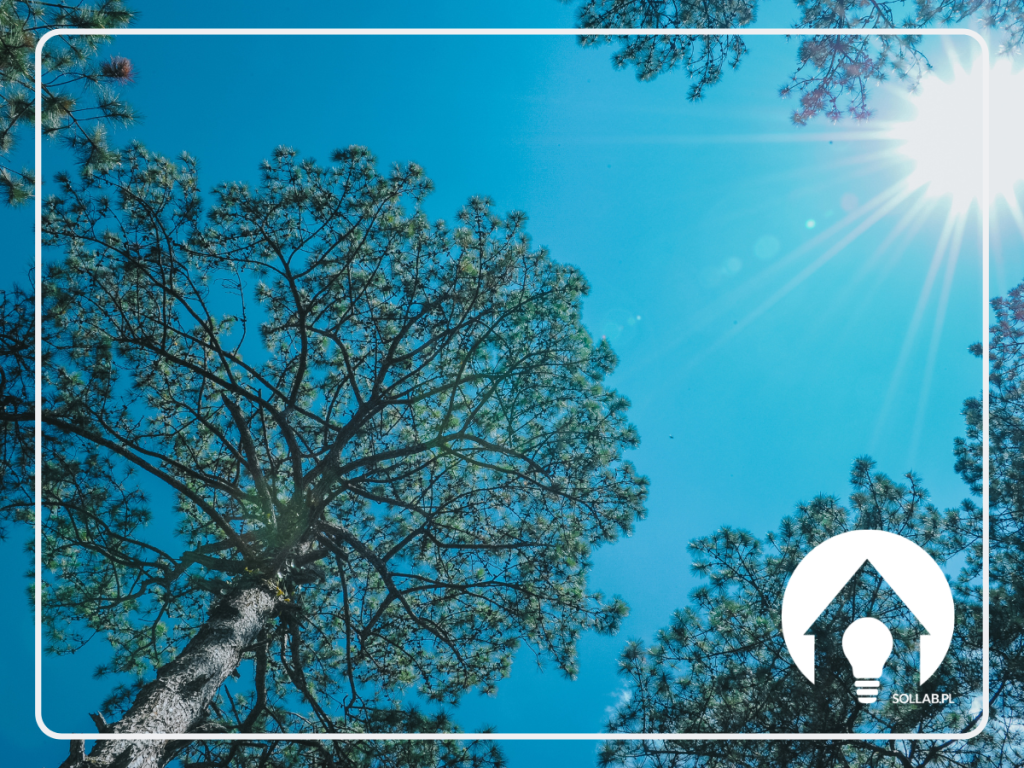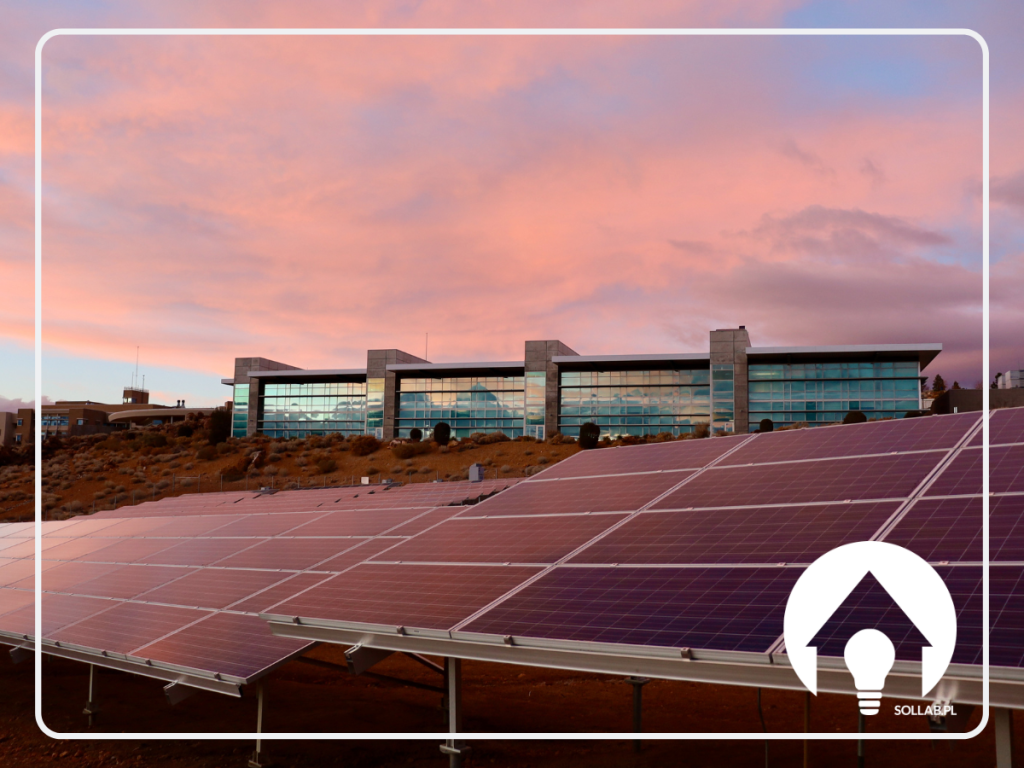Photovoltaic panels on a fence - can it work?
Photovoltaics have been attracting widespread interest for several years, in Poland and worldwide. Mainly due to the savings it can generate, but also because of the numerous subsidies offered by the government. In most cases, investors decide to install a solar power plant on the roof of their house or company or on the ground. However, few people are aware that photovoltaic panels do not necessarily have to be mounted on the roof. One solution that is starting to gain in popularity is photovoltaic panels on the fence. Is this solution likely to work? Let's take a closer look at how such a system works.

What is a photovoltaic fence?
Photovoltaic fencing is a type of fence that uses photovoltaic modules to generate electricity. Instead of metal or wood spans, photovoltaic panels are used. It is a creative combination of the traditional function of a fence, that of providing privacy and security, with the added benefit of generating green energy. They allow the use of space that is traditionally not used for energy production, while still performing their primary function as a fence.
For the construction of the fence, it is recommended to use double-sided modules, or so-called bifacial modules, to further maximise production. The panels can be arranged in different configurations, depending on aesthetic and functional needs. To ensure the durability of the spans, the photovoltaic panels in the fence are framed with steel profiles. The other elements of the fence do not deviate from the standard: metal posts with elements that allow the spans to be assembled.
Photovoltaic panels on a fence - can it work?
Positioning vertically and facing one side towards the east and the other towards the west does not significantly reduce the efficiency of the installation. In general, photovoltaic panels on fences may have a lower efficiency compared to those placed on roofs, mainly due to a less optimal orientation and potential shading. Nevertheless, PV fences can still be a valuable addition to a PV system, especially in urban areas where roof space is limited or already utilised.
Photovoltaic panels that face south have a very high peak in output mainly between 9 a.m. and 2 p.m. In the case of double-sided panels oriented vertically east-west, their peak in output occurs first thing in the morning after sunrise at around 7.30 a.m. and they produce electricity intensively until 10 a.m. to 10.30 p.m. The second peak starts around noon and lasts until 4 p.m. It can be seen that an east-west oriented installation is better suited to the needs of a household. As a result, current self-consumption increases, which contributes to lower electricity charges.
Photovoltaic panel fence - advantages and disadvantages
Using a photovoltaic installation as a fence is a way of developing space. This solution is suitable for small properties where there is not enough space to build a ground installation and the roof of the building is not suitable for the installation of modules. An additional advantage is the ease of cleaning. Snow and leaves falling in autumn do not collect on the vertically positioned panels. Other contaminants also settle in smaller quantities, plus their removal is much easier. When snow is deposited in winter, the snow can reflect sunlight, making the installation more efficient. Photovoltaics on the fence have an extended operating time and the output is reasonably stable, reducing electricity bills. Universal applicability is also an undoubted advantage. A fence made of photovoltaic panels will work well not only in urban developments or as a property fence. It can also be a good way of demarcating the boundaries of pastures and farmland, or of commercial or industrial facilities.
The disadvantage of this solution is the increased risk of damage to the panels, by vandals, vehicles or animals. In urban areas, shadowing by e.g. parked delivery trucks or shadow cast by tall buildings can be a problem. In addition, it is important to keep an eye on the surroundings and cut the grass regularly so that it does not obscure the panels.
Summary
Despite the advantages, it is still more cost-effective to install photovoltaic systems on the roof or ground, which can produce much more energy. Photovoltaic panel fences are a fascinating combination of technology and design, offering environmental and economic benefits. While challenges such as installation and maintenance costs may deter some, the long-term environmental benefits and potential savings may outweigh these initial hurdles. This option is worth considering, especially in the context of global trends towards sustainability and environmental awareness.
















